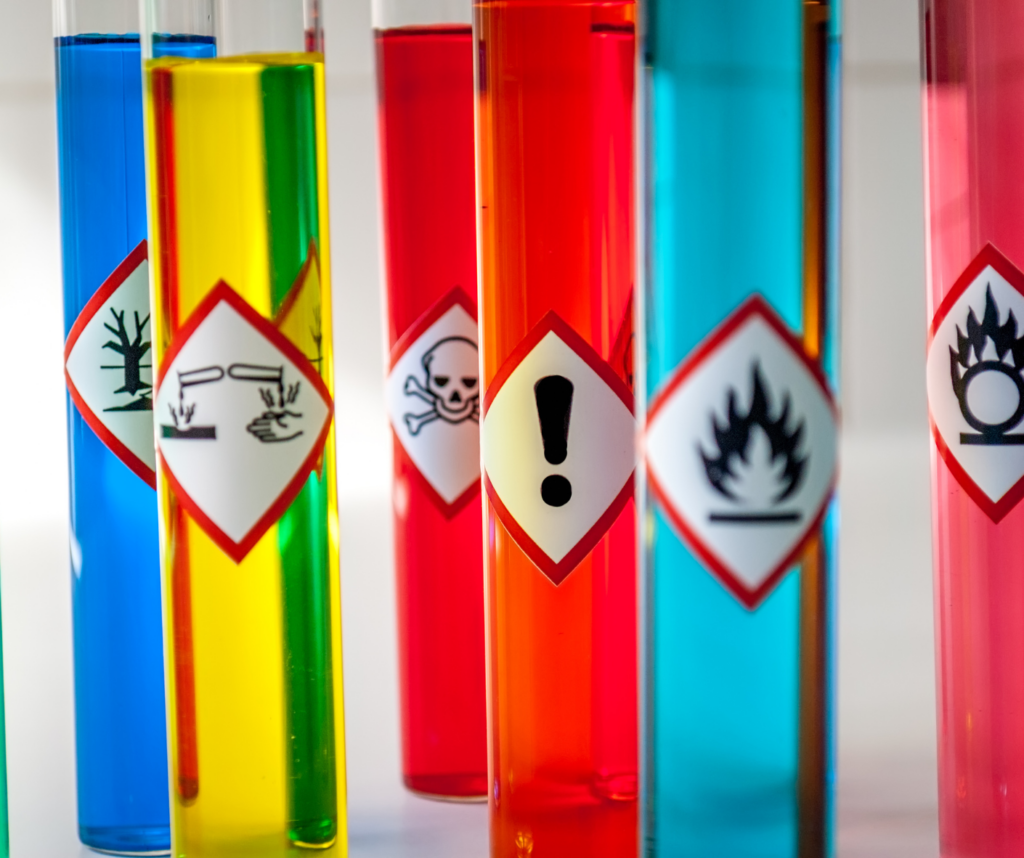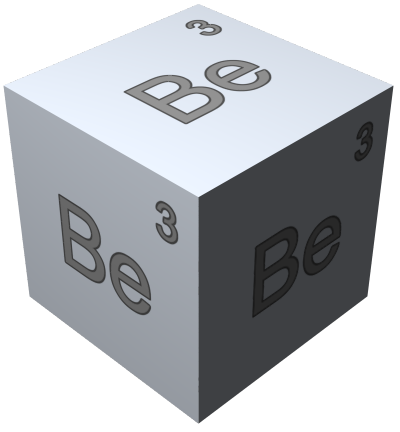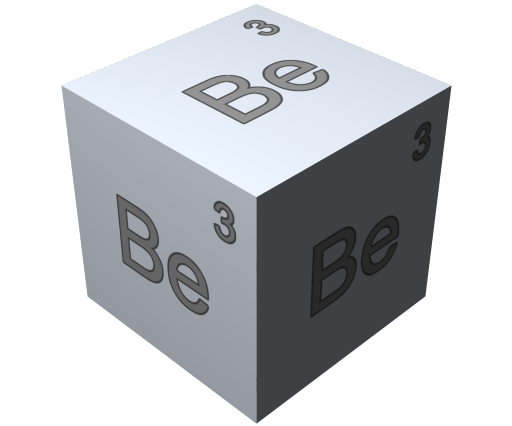A Toxic Anti-Pattern in Management


A Toxic Anti-Pattern in Management
A Toxic Anti-Pattern in Management
Article by Bill DeVoe – original article first published on Artemis Agile – reprinted here with the Author’s permission.
I’ve been reading a lot lately about different models for how we create and deliver solutions to customers. One of my clients is looking at a specific model (the Silicon Valley Product Group’s model based on Inspire by Marty Cagan). I read the book before and found myself at odds with the author on a number of points – so much so that I set the book aside and never finished it. I found a toxic anti-pattern so early in reading the book that I had to put it down. Recently, I had a conversation with a coworker and was asked “can you list some specific concerns?” So I decided to go back to the book and re-read it. And in this most recent reading I quickly found the fundamental problem. But first, allow me to digress to illustrate the problem.
A Brief Diversion
I play a lot of video games. I always have. It’s one of my favorite downtime activities and I always enjoy the challenge and the sense of accomplishment when I finish a game or find an easter egg. It’s a lot of fun for me. And I write games in my copious free time (read “none”) and have done so for decades. So it’s something I’m pretty passionate about overall.
But the games industry is pretty terrible. As can be seen, by various lawsuits and investigations into top-tier (called “AAA”) studios, the industry has a lot of toxic anti-patterns, especially with management. So much ink and so many bytes have been devoted to discussing, analyzing, and critiquing the poor management behaviors that it would take volumes to recount them here. Needless to say, too many of the people who run AAA studios act like children and are incapable of respecting people different from themselves.
And the players themselves often also emulate these same behaviors. Much of the “gamer” culture revolves around sexism (at least) and, in general, being “haters” to other players. Many Twitch streamers don’t even turn on in-game voice chat because it’s so vile and full of hate. Worse, toxic behaviors online can lead to real-world harassment, stalking, and, in some cases, assault. But a pernicious toxic anti-pattern is a belief that one person is solely responsible for a game.
A Specific Example
For an example, one of the game series I like to play is called Fallout. It’s a post-apocalyptic game where atomic power became the norm in 1950s America and then a global war destroyed the planet. People survived in “vaults” for years before leaving to reclaim the wasteland. You play one of the survivors from the vaults.
There are many incarnations now and it’s a very popular series. And the director of those games is a man named Todd Howard. Now Todd doesn’t seem to have as many of these toxic anti-patterns as some of the people he reports to, but for some reason, the gamers want to think that Todd is THE GUY. He’s The Decider. He’s the one who makes all the decisions, calls all the shots, and is the reason why the game succeeds or fails. Ignore the literally hundreds of people – developers, testers, artists, animators, designers, internationalization folks, etc. – and give all the credit or blame to one person. It’s been around for decades, but it’s a problem. Both with perception about how video games (or any large, complex product is created) and how we treat the people who work on those games.
Correcting this belief is, I think, one of the challenges that the games industry needs to address. There are ways that these companies can avoid making it about “one guy”, but too many fail to do so and this perception persists. And it’s the same problem I see with the Silicon Valley Product Group’s model.
Getting Back to Product Model
When I decided to go back and re-read the book, I found – in the first sentence of the first chapter – my fundamental disagreement laid out clearly. It’s the same toxic anti-pattern I mentioned previously but it is fundamental in the Silicon Valley Product Group’s model. Here’s the sentence:
“It is my strong belief, and the central concept driving this book, that behind every great product there is someone – usually someone behind the scenes, working tirelessly – who led the product team to combine technology and design to solve real customer problems in a way that meets the needs of the business.” (Emphasis mine)
– Marty Cagan, Inspire
Revisiting that first sentence of Marty’s book, I am struck by this toxic anti-pattern taking center stage. And it is “the central concept driving this book”. That one person deserves all the glory and is wholly responsible for the success or failure of the product. Sounds familiar.
Now, I know what you’re saying. “But he says that they just help bring together development and design to create the product!” And yes, that’s what he says. But he is implying that one person is the one responsible. That one person drove this whole thing from start to finish. That one person – the Product Manager – is the reason the product succeeds or fails. It’s hero worship. And it’s toxic.
Now this is very familiar to managers who are working in a 1980s management model. It’s familiar. It’s comfortable. So it’s “old” but it’s being repackaged as “new”. But it’s still the old hero network that we’ve had for decades. And it doesn’t work. And, it’s toxic to building high-performing teams.
I love teams. I love seeing teams hit home runs time and again. Their excitement and their community are huge reasons why I love doing this job. It’s what’s behind Thank God It’s Monday, the core mindset and philosophy behind Artemis Agile Consulting. And it’s why I don’t like this behavior. Believing that the success or the failure of a product is the result of one person “working tirelessly” devalues the contributions of others to the product.
Closing Thoughts
There are many other specific issues I have with the Silicon Valley Product Group’s approach, but this isn’t a review of their model or the book (that may be coming later). But I’ll say that if you already have a fundamental disagreement with the first sentence of the first chapter, you’re not in for a good time reading the book; it’s going to be a slog. I know a lot of companies are looking for their silver bullet, that one thing that will help them “do more with less”. Agile only told them where their problems were; it didn’t fix them. They tried SAFe but that didn’t work for them either. So now they move on to another and another and another.
Thinking that hero worship is going to solve your problems is to go back to the hero network mentalities we had in the 80s and 90s. It didn’t work then and it won’t work now. It’s a major toxic anti-pattern that we need to overcome so we can get to a place where our teams want to work with cool people on cool things.



